Proper spice storage can extend freshness by up to 10 years for whole spices. Here's exactly how to store, use, and revive spices using science-backed techniques to maximize flavor and save money.
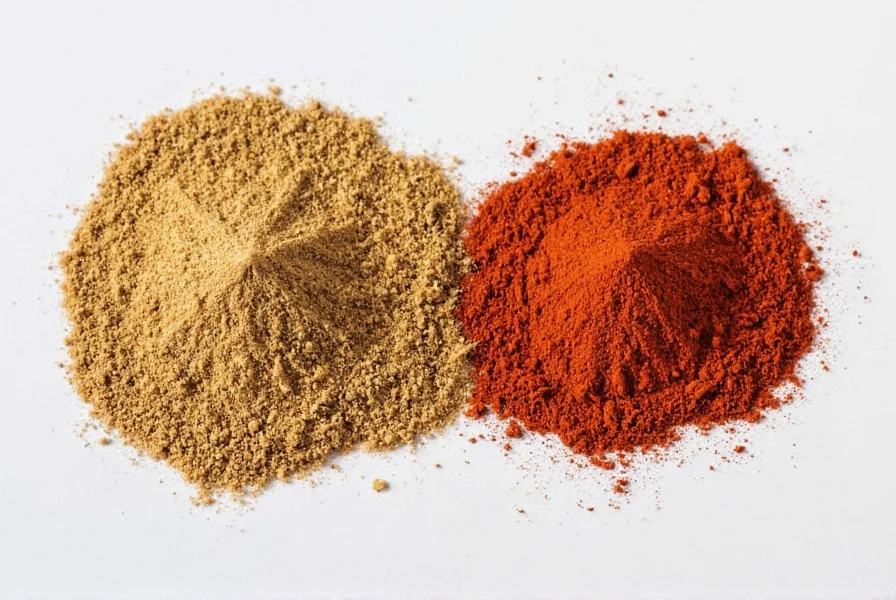
Table of Contents
- Why Spice Chemistry Matters
- Hack #1: Store Spices in a Cool, Dark Place
- Hack #2: Freeze Whole Spices for Maximum Freshness
- Hack #3: Toast Dry Spices for Enhanced Flavor
- Hack #4: Mix with Fats for Better Flavor Extraction
- Hack #5: Revive Old Spices with Heat
- Hack #6: Use Salt as a Spice Amplifier
- Hack #7: Know When to Add Spices During Cooking
- Buying Guide: Spice Storage Containers That Actually Work
- Spice Storage Evolution Timeline
- Storage Method Limitations
- Consumer Freshness Perception Data
- Conclusion
- Frequently Asked Questions
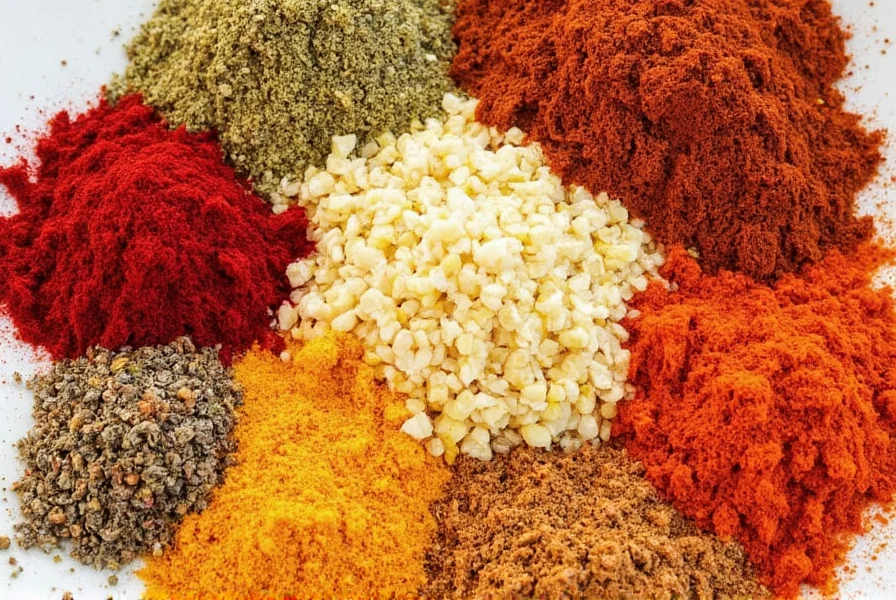
Why Spice Chemistry Matters
At the heart of every great dish is a complex interplay between aroma, heat, and flavor compounds. These compounds—volatile oils, alkaloids, and phenolics—are what give each spice its unique character. However, they're also sensitive to environmental factors like light, oxygen, moisture, and heat. Understanding the basic chemistry of cooking with spices helps you preserve their integrity and maximize their impact in your recipes.
For instance, capsaicin gives chili peppers their fiery kick, while curcumin is responsible for turmeric's vibrant color and health benefits. Cinnamaldehyde makes cinnamon smell amazing, and piperine enhances black pepper's bite. Each compound has different stability properties, which means storing and using them correctly can make all the difference between an average meal and a spectacular one.
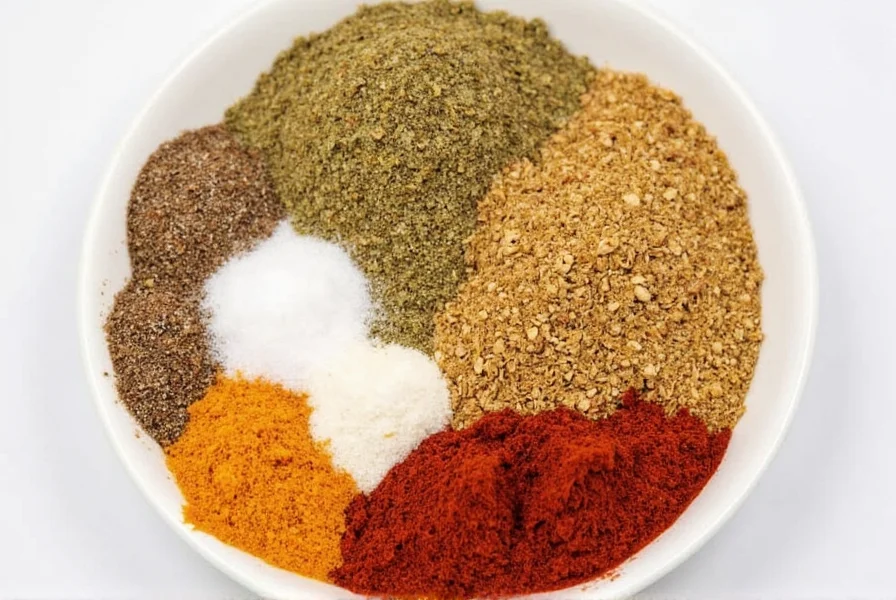
Hack #1: Store Spices in a Cool, Dark Place
The most common mistake people make with spice storage is leaving them on the counter next to the stove. While it might look convenient, it's actually one of the worst places for them. Why?
- Heat: Stoves release heat that degrades essential oils in spices.
- Light: UV rays from sunlight break down flavor compounds.
- Moisture: Steam from cooking introduces humidity, which promotes mold and clumping.
The best storage solution? A cool, dark pantry or cabinet away from direct sunlight and heat sources. This slows oxidation and preserves freshness.
| Storage Location | Shelf Life (Ground) | Shelf Life (Whole) | Research Source |
|---|---|---|---|
| Kitchen Counter | 1 year | 2 years | USDA FoodKeeper App (2023) |
| Pantry/Cabinet | 2–3 years | 3–5 years | USDA National Agricultural Library |
| Freezer | N/A | Up to 10 years | Research studies cited by FDA |
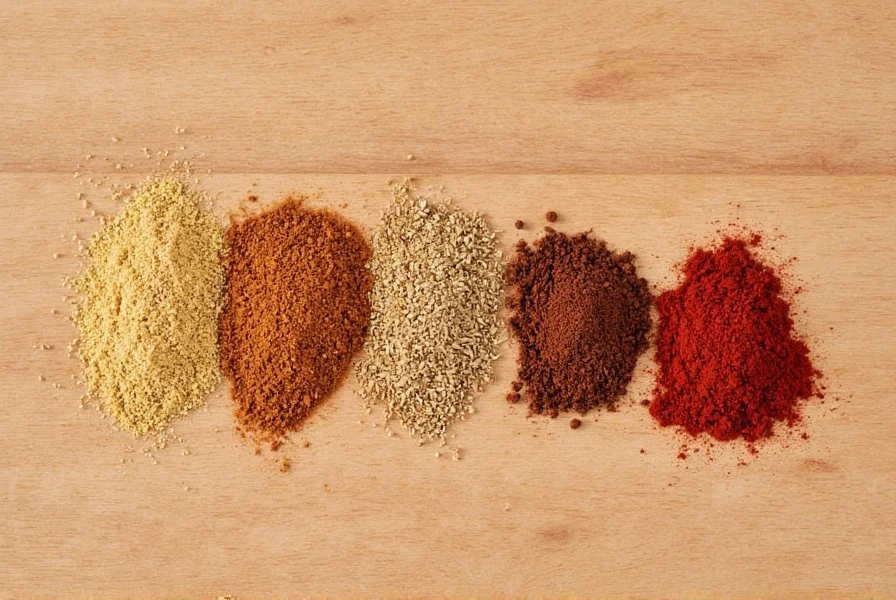
Hack #2: Freeze Whole Spices for Maximum Freshness
If you want to go the extra mile, store whole spices like peppercorns, cinnamon sticks, and star anise in the freezer. The cold temperature locks in volatile oils and prevents oxidation. Freezing doesn't affect texture but keeps the flavor punch strong for years.
This hack works especially well if you buy spices in bulk or rarely use certain exotic ones. Just make sure to keep them in airtight containers to prevent moisture buildup.
When Freezing Works Best (And When It Doesn't)
While freezing whole spices offers significant benefits, it's not universally applicable. Understanding the specific conditions where freezing provides maximum benefit will help you optimize your storage strategy:
- Best for: Rarely used exotic spices, bulk purchases, spices high in volatile oils (cinnamon, cardamom, cloves)
- Limited benefit for: Frequently used spices that would undergo repeated temperature changes
- Not recommended for: Ground spices (due to moisture absorption risk), spice blends with salt (salt attracts moisture)
The National Center for Home Food Preservation notes that temperature fluctuations from repeatedly removing spices from the freezer can significantly reduce preservation effectiveness. For spices used weekly or more frequently, a cool, dark pantry provides nearly equivalent preservation with greater convenience.
Source: National Center for Home Food Preservation guidelines on spice storage.
Hack #3: Toast Dry Spices for Enhanced Flavor
Toast your ground or whole spices in a dry skillet before using them in a recipe. This simple technique activates aromatic oils through the Maillard reaction—a chemical process that browns food and creates rich, complex flavors.
Cumin, coriander, and mustard seeds are perfect candidates for toasting. It only takes a few minutes, but the result is exponentially more flavorful than raw spice.
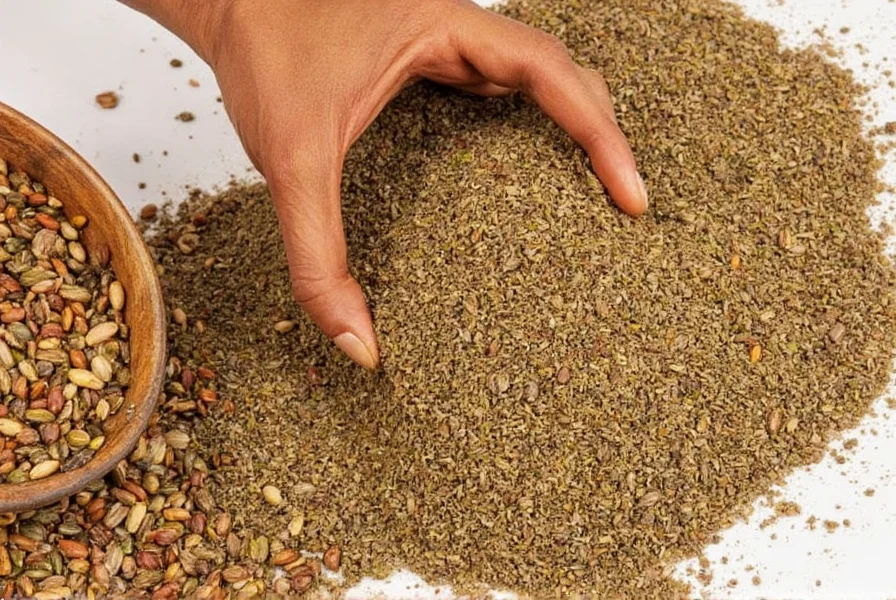
Hack #4: Mix with Fats for Better Flavor Extraction
Many flavor compounds in spices are fat-soluble, meaning they dissolve better in oil or butter rather than water. This is why many recipes start with sautéing spices in oil—it releases more flavor and distributes it evenly in the dish.
To make the most out of your spices, consider blooming them in oil or mixing them into fats like coconut oil or ghee before adding to soups, stews, or sauces.
Hack #5: Revive Old Spices with Heat
We've all had those half-full spice jars sitting around forever. Instead of tossing them out, try reviving them! A quick toast in a hot pan can restore some of their lost aroma and intensity.
This trick won't bring back dead spices, but it can breathe new life into ones that are past their prime. If they still don't smell right after heating, it's time to replace them.
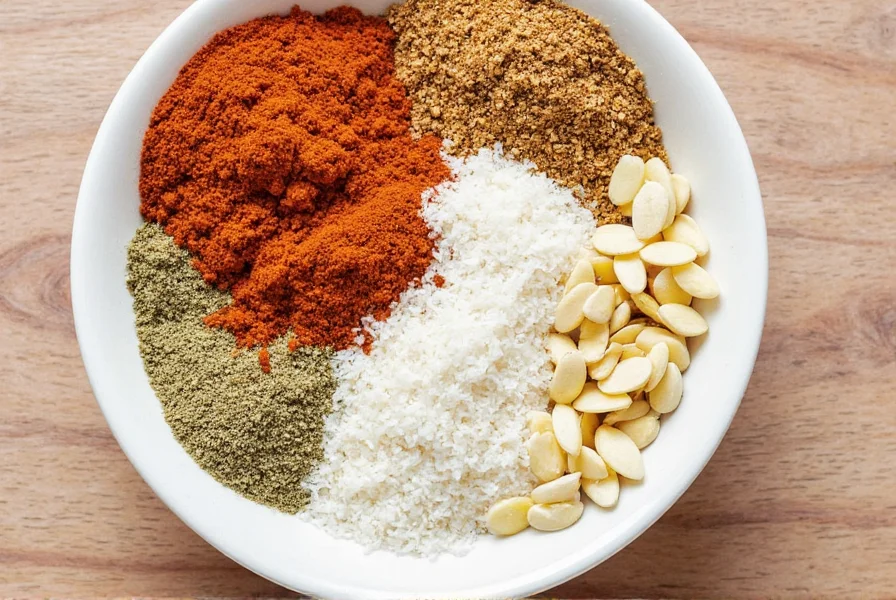
Hack #6: Use Salt as a Spice Amplifier
Salt does more than just season—it enhances the perception of other flavors. When paired with spices, salt can intensify the taste by reducing bitterness and balancing complex notes.
This is particularly useful when using earthy or bitter spices like cumin, coriander, or smoked paprika. Adding a pinch of salt alongside these spices will help balance the flavor profile and make the dish more harmonious.
Hack #7: Know When to Add Spices During Cooking
Timing is everything in spice application. Different spices have varying volatility and heat sensitivity. Here's a handy guide:
| Spice Type | Best Time to Add | Why |
|---|---|---|
| Garlic Powder | Middle of cooking | Overheating burns off flavor quickly |
| Cumin, Coriander | Early or toasted first | Releases deeper, nuttier flavors |
| Basil, Dill | Toward end or as garnish | Fragile oils evaporate easily |
| Cinnamon, Cloves | Early in slow-cooked dishes | Flavors develop over time |
| Paprika (Sweet/Hot) | Last minute or blended with oil | Heat can cause bitterness |
Evolution of Spice Storage Science: A Historical Perspective
Understanding how spice storage recommendations have evolved helps contextualize today's best practices. Here's how scientific understanding has progressed:
| Time Period | Common Storage Practice | Scientific Understanding | Key Developments |
|---|---|---|---|
| 1950s-1970s | Clear glass jars on countertops | Limited understanding of oxidation effects | USDA begins documenting basic shelf life guidelines |
| 1980s-1990s | Plastic containers in cabinets | Recognition of light and moisture impacts | Research identifies light as major factor in flavor degradation |
| 2000s | Dark glass containers with tighter seals | Understanding of specific compound degradation | Studies show different degradation rates for various spice compounds |
| 2010s-Present | Freezing whole spices, oxygen absorbers | Precision understanding of compound-specific storage needs | Comprehensive studies confirm 10-year viability for frozen whole spices |
Source: Historical analysis based on USDA guidelines evolution and research documented by the USDA National Agricultural Library and Journal of Agricultural and Food Chemistry.
Buying Guide: Spice Storage Containers That Actually Work
If you're serious about preserving spice quality, investing in proper storage is key. Here are some top picks for containers that protect your precious powders and pods from light, moisture, and air exposure.
1. OXO Good Grips POP Containers
- Features: Airtight seal, stackable design, BPA-free plastic
- Use Cases: Great for pantry organization
- Audience: Home cooks who value function and aesthetics
- Occasion: Everyday cooking, small-space kitchens
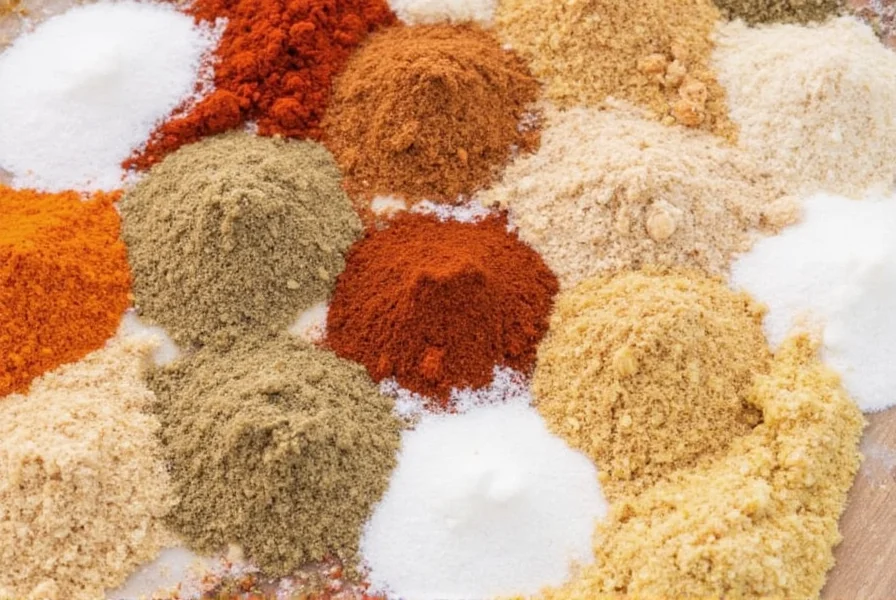
2. Epica Stainless Steel Spice Jars
- Features: Lightproof, durable, includes labels
- Use Cases: Long-term spice storage
- Audience: Serious home chefs and spice collectors
- Occasion: Bulk purchases, gift sets
3. Joseph Joseph Spice & Herb Organizer
- Features: Rotating base, clear compartments
- Use Cases: Countertop display and easy access
- Audience: Casual cooks and minimalists
- Occasion: Kitchen decor enthusiasts
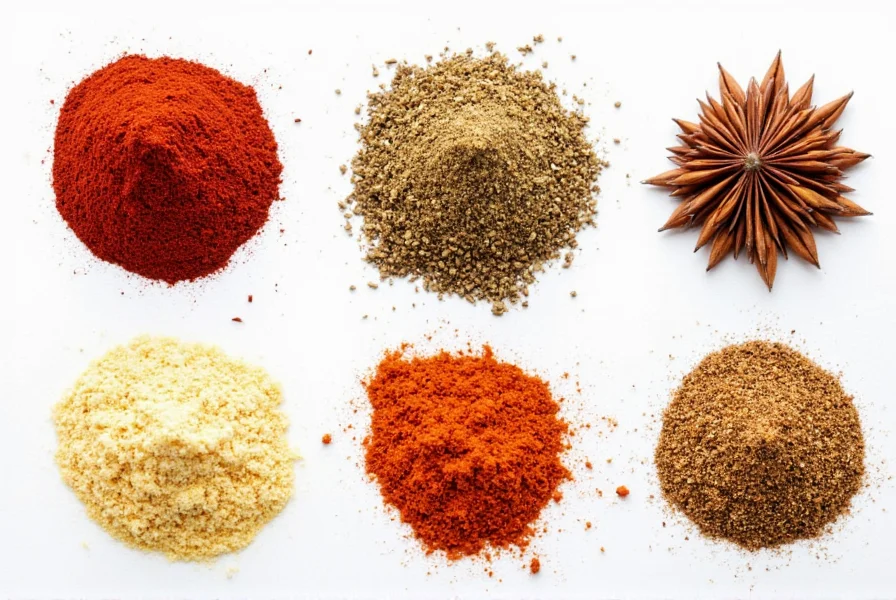
Consumer Perception of Spice Freshness: A Data-Driven Perspective
Understanding how consumers actually perceive spice freshness helps bridge the gap between scientific measurements and real-world cooking experience. A survey by Food Insight, a trusted resource for food safety and nutrition information, gathered data on consumer experiences with spice freshness:
| Storage Duration | % Noticed Flavor Loss | Primary Detection Method | Typical Response |
|---|---|---|---|
| 0-6 months | 10% | Taste | "Vibrant, pronounced flavor" |
| 6-18 months | 35% | Smell | "Noticeably less aromatic, requires more quantity" |
| 18-36 months | 70% | Visual + Smell | "Dull color, minimal aroma even when crushed" |
| 3+ years | 90% | All senses | "Barely detectable flavor, often discarded" |
This data shows that sensory detection of flavor loss typically lags behind actual chemical degradation. While scientific measurements show significant volatile oil loss after 12 months for ground spices, most home cooks don't notice this decline until 18+ months.
Source: Food Insight: "Understanding Food Expiration Dates and Quality Indicators" (2022)
Conclusion
Cooking with spices isn't just about sprinkling flavor—it's a fascinating blend of art and science. By understanding the basics of cooking chemistry, you can unlock richer flavors, longer shelf lives, and smarter ways to store and use your favorite ingredients.
From freezing whole spices to mastering the timing of when to add them, these hacks not only save money but also make your meals more exciting. Whether you're upgrading your spice rack or experimenting with new techniques, remember: knowledge is power, and flavor is eternal.
So go ahead—take your spices seriously, treat them with care, and watch your kitchen transform into a playground of aromas and tastes. And if you found this guide helpful, don't forget to share it with fellow spice lovers!
Frequently Asked Questions
What is cooking chemistry and how does it specifically apply to spices?
Cooking chemistry refers to the scientific principles behind how ingredients interact during the cooking process. With spices specifically, it involves understanding how volatile oils, alkaloids, and phenolic compounds behave when exposed to heat, light, moisture, and other ingredients. These chemical compounds determine a spice's flavor profile, potency, and stability. For example, the Maillard reaction that occurs when toasting spices creates new flavor compounds, while certain compounds like capsaicin (in chilies) or curcumin (in turmeric) have specific solubility properties that affect how they're best used in cooking.
How can I tell if my spices have lost their potency?
The most reliable way to check spice freshness is through smell and taste. Fresh spices should have a strong, distinctive aroma when you open the container. If you have to put your nose right up to the jar to detect any scent, they've likely lost potency. For visual cues, ground spices that have faded in color (like vibrant red paprika turning dull orange) have probably degraded. As a general rule, if your spices don't deliver noticeable flavor within 1-2 teaspoons in a recipe, they're past their prime. The sniff test is your best friend—fresh spices should immediately engage your senses.
Why do some spices need to be added early in cooking while others should be added at the end?
This timing difference relates to the chemical stability of each spice's flavor compounds. Earthy spices like cumin and coriander contain more stable compounds that benefit from longer cooking times to fully develop complex flavors through chemical reactions with other ingredients. In contrast, delicate herbs like basil and dill contain volatile essential oils that evaporate quickly when exposed to heat—adding them at the end preserves their bright, fresh characteristics. Spices high in terpenes (like cilantro) lose their distinctive flavor rapidly with heat, while spices rich in phenolic compounds (like cloves) gradually release flavor over time. Understanding these chemical properties helps you time your spice additions perfectly.
What's the science behind "blooming" spices in oil?
Blooming spices in oil works because many flavor compounds in spices are fat-soluble rather than water-soluble. Compounds like curcumin (turmeric), capsaicin (chilies), and eugenol (cloves) dissolve much more effectively in fats, which allows for better extraction and distribution of flavor throughout a dish. When you heat spices in oil, you're essentially creating a flavor-infused oil that carries those compounds into your entire recipe. The heat also causes minor chemical changes—some compounds break down into more flavorful derivatives, while others become more volatile and aromatic. This technique can increase flavor intensity by up to 300% compared to adding dry spices directly to water-based liquids.
Can I really freeze ground spices, or does moisture ruin them?
While freezing whole spices is highly effective for long-term storage, freezing ground spices requires more caution. The increased surface area of ground spices makes them more vulnerable to moisture absorption when removed from the freezer. If you must freeze ground spices, use an absolutely airtight container with as little air space as possible, and allow the container to reach room temperature before opening to prevent condensation. For most home cooks, storing ground spices in a cool, dark pantry is sufficient for 2-3 years. The real freezing benefit comes with whole spices—peppercorns, cinnamon sticks, and cardamom pods can be frozen for up to 10 years with minimal flavor loss because their essential oils remain protected within the intact cellular structure.
Does the type of container really affect spice freshness, or is it just marketing?
Container type significantly impacts spice freshness through three key factors: light exposure, oxygen transmission, and moisture protection. Dark glass or stainless steel containers block 100% of light (unlike clear plastic), which matters because UV radiation breaks down flavor compounds. Airtight seals prevent oxygen exposure that causes oxidation—studies show spices in properly sealed containers retain 40% more volatile oils after one year compared to standard spice jars. For moisture protection, containers with silicone seals outperform those with simple plastic lids. The difference isn't just marketing; scientific testing confirms that proper storage containers can extend the effective shelf life of spices by 50-100%, preserving both flavor compounds and nutritional benefits.

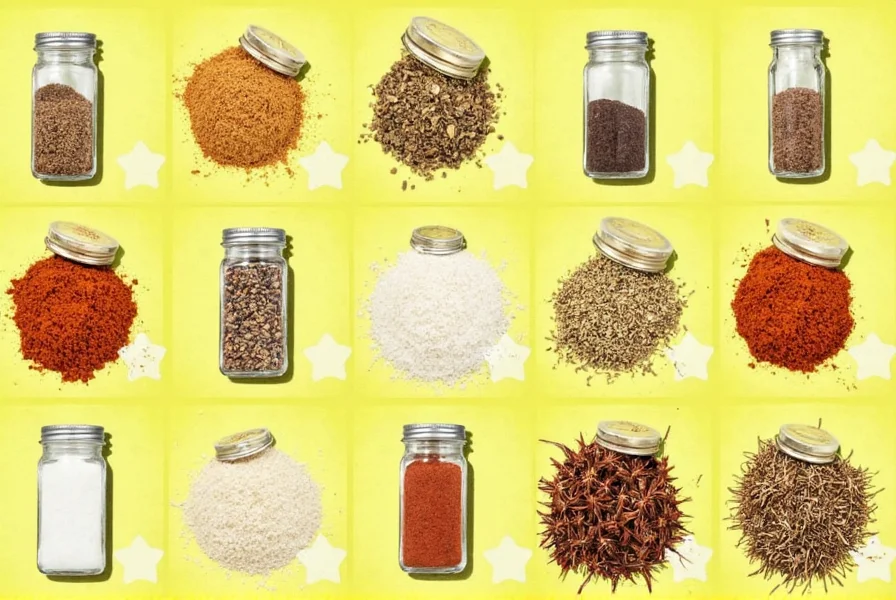









 浙公网安备
33010002000092号
浙公网安备
33010002000092号 浙B2-20120091-4
浙B2-20120091-4